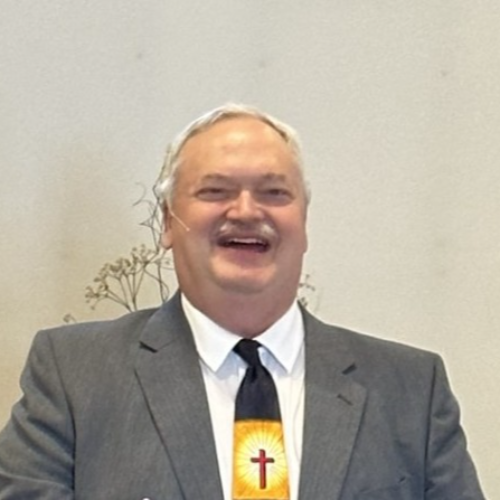-
Myrrh For A Wonderful Savior Series
Contributed by Kevin Barron on Nov 28, 2017 (message contributor)
Summary: Looks at the gift of myrrh the wise men brought in order to understand the power of what Jesus did for us.
WISE MEN STILL SEEK HIM, PART 3
MYRRH FOR A WONDERFUL SAVIOR
MATTHEW 2:1-12
DECEMBER 11, 2016
THIRD SUNDAY OF ADVENT, YEAR C
FARM HILL UNITED METHODIST CHURCH, HARRISBURG, AR
INTRO. Myrrh was the gift of Balthazar of Arabia. But I just don’t get this gift. It had some medical uses. In the New Testament, it is called gall, and a mixture of myrrh and wine was given to Jesus at the Crucifixion as a way of dulling his senses. “Myrrh symbolizes bitterness, suffering and affliction” (gotquestions. org). Generally, the smell of myrrh was the smell of death. It was used for burial preparations. So why did it show up at such a glorious time as the birth of Jesus? What if you had a child or grandchild born, showed up at the hospital room, and wheeled in a full-size casket, and said, “Here you go, just the thing you need.” SECURITY! Are you nuts? What kind of gift is that?
I have a couple of theories. One is this - could Mary have passed the myrrh on to some of the mothers of young boys around Bethlehem? Could it be that she sensed the destruction of life that was to be visited upon those baby boys and wanted to do what she could for them before she and Joseph and Jesus fled in the night? I have another theory. The Gospels talk about various women, followers of Jesus, going to his tomb early in the morning on Resurrection Day to properly anoint his body for burial. Could it be that Mary kept this myrrh, that it was something she treasured like many things she treasured about Jesus in her heart, and it was intended all those years later for the dead body of the one who was no longer in the grave, the one who defeated death, who lives today and forever, Jesus Christ, our Lord and Savior?
Those are two ideas I had about why this myrrh showed up at the manger that first Christmas. But before you toss the myrrh aside and forget about it, maybe we should remember that all of us have seen an awkward gift or two show up under our tree at one time or another. When I was in high school, I was on the newspaper my senior year. We did a gift exchange, and I bought the guy whose name I had drawn a toy cap gun and holster, because he loved to talk and act like a cowboy. I wish I could say I loved my gift! I won’t say what it was, but it was embarrassing in several ways. It made for some awkward conversations. And so what do we do with gift of myrrh? How do we explain it?
I. MYRRH IS FOR THE DEAD. This is where myrrh starts out. Whatever happened to the actual present of myrrh that Balthazar gave him there in Bethlehem, myrrh is associated with the birth of Jesus as well as his death. Why do we see death around Christmas? Isn’t it supposed to be all love and life and joy and peace? Well, we have all heard that more deaths occur around Christmas. According to research, Christmas is the deadliest holiday of the year.
“A group of sociologists analyzed all the official death certificates during a 25-year period in the U.S. between 1979 and 2004, and concluded that there has been an excess of 42,325 natural deaths in the two weeks around the Christmas holiday period. This excess is above and beyond what would be considered the normal seasonal increase in the death rate in the U.S.... the chance of dying during the holiday period increases somewhere between 3% and 9% depending on the demographic group you look at, and between 1% and 10%, depending on the cause of death analyzed” (us-funerals.com). This connection with death goes all the way back to the first Christmas.
A. For one thing, Christmas brought death to the baby boys around Bethlehem. This is what the church calls the Massacre of the Innocents. Some New Testament scholars estimate, given a likely population in Bethlehem of around 1,000 or so, as many as 20 young infants could have been executed (Raymond Brown, according to Wikipedia). This massacre is the theme of the Christmas song, “The Coventry Carol”:
1. Lully, lullay, thou little tiny child, Bye bye, lully, lullay.
Lully, lullay, thou little tiny child, Bye bye, lully, lullay.
3. Herod the king, in his raging, Chargèd he hath this day
His men of might in his own sight All young children to slay.
It is one of the ironies of Christmas that this beautiful child Jesus, the Son of God who came to bring eternal life to all, would bring death with him at the very start of his life.

 Sermon Central
Sermon Central



